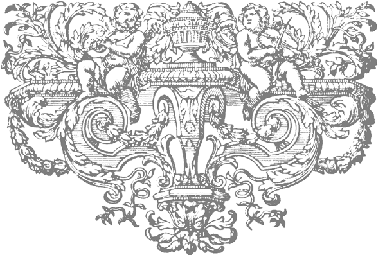A Franco-Flemish double-manual harpsichord,
![]()
Detail of the foot of one of the legs of the harpsichord stand
This photographs shows a detail of the foot of one of
the legs of the stunningly-beautiful stand under this harpsichord. It shows an example of the wonderful carving
and gilding typical of the workmanship of all of the rest of the stand. As can be seen there is even undercutting at
the back of the foot - a detail that is virtually hidden and a luxury that
remains almost un-noticed.
![]()
Important
Features of this harpsichord
![]()
A brief history of the musical and decorative states of the Franco-Flemish harpsichord
![]()
Details of
the original state of the instrument
![]()
Details of the eighteenth-century states of this harpsichord
Details of the modern history of this harpsichord
![]()
Problems encountered in the ethical restoration of this harpsichord
![]()
![]()
Go back to the main page of this section
![]()
This page was last revised on 20 November 2021.
